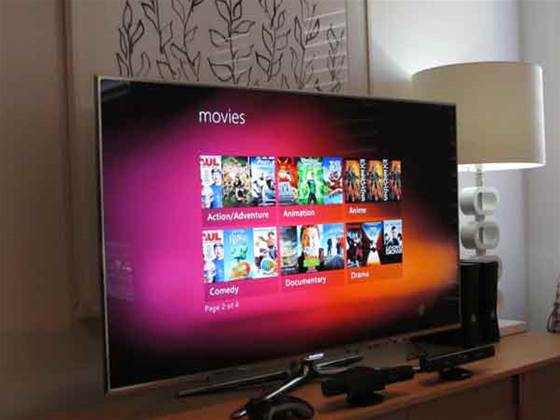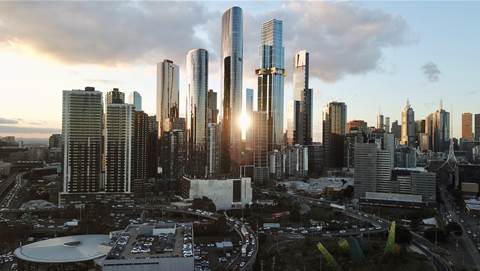NBN Co has given a better indication of the difference in user experiences across its network as retail service providers’ connectivity virtual circuit purchases are exposed.

The company last month said that “average bandwidth congestion” - that is, CVC-related problems - amounted to 12 minutes per user per week.
However, as this is averaged across all fixed-line customers with all RSPs, it does not show the spread of experiences that users actually see.
CEO Bill Morrow provided this extra visibility at a senate estimates hearing this week.
“[Congestion] varies by RSP with a current range of less than two minutes to a maximum of 47 minutes,” he said.
That congestion would manifest as slow internet sometime in the evening peak of 7pm to 11pm.
The range is more proof of the growing gap in user experiences available when purchasing an NBN service.
iTnews has charted these changes throughout 2018 using a related metric - the average speeds that RSPs say users should see in the evening peak, which also largely depends on the amount of CVC per user being provisioned.
The numbers have steadily risen through January, February and March - and it has quickly become obvious that RSPs are also tracking each other’s movements and, in some cases, responding quickly to outdo each other.
However, the reported numbers show wide gaps in experience depending on RSP.
For example, users on NBN50 plans could see anywhere between 37Mbps and 45.9Mbps in the evening peak, depending on which RSP they go with (as well as a host of other factors outside the RSP’s control).
At NBN100, the gap in experiences ranges from 78.1Mbps to 90Mbps.
One of the limitations of all these congestion measures - whether from the RSP or NBN Co - is the sample upon which they are based, and how representative they are for all fixed-line users.
Aussie Broadband is so far the only RSP to go some way to providing that level of transparency, by publishing CVC graphs on a PoI-by-PoI basis.
Another limitation is that not all RSPs even publish average performance numbers. NBN newcomers Vodafone and Kogan (which effectively resells Vodafone’s NBN service) simply say that speeds vary on all NBN tiers.
Kogan - as well as the Vocus-owned RSPs - also explain different NBN tiers in terms of the amount and type of concurrent workloads they will usually be able to support.
Clarity on which congestion measure is right or most useful could come later this year when the ACCC looks at the space.





















